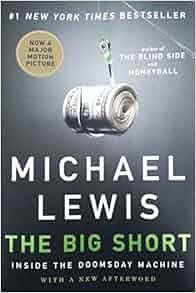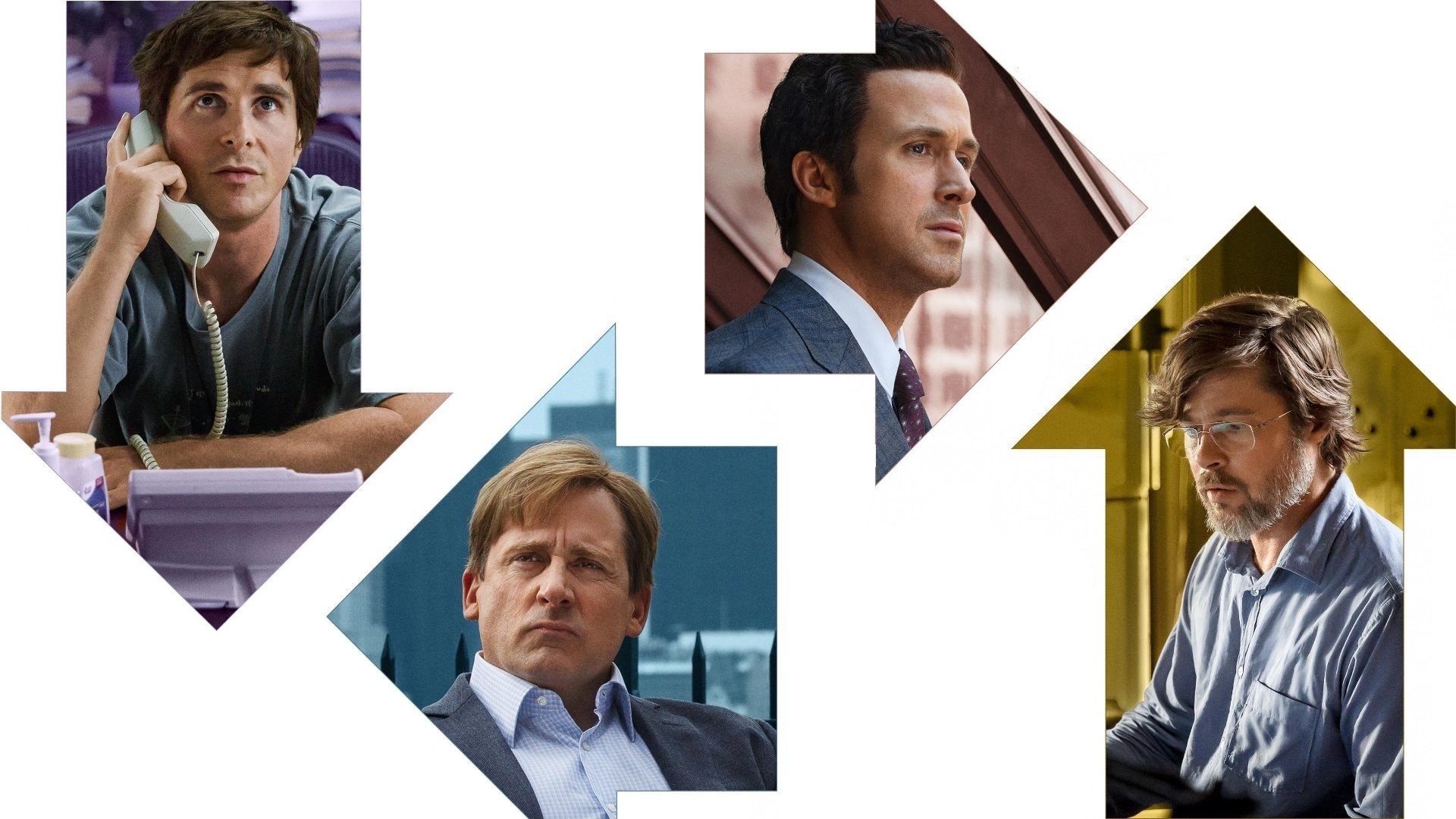

The answer was tranching, i.e., dividing investors into classes according to willingness to absorb default and prepayment risk. So, the question was how to structure pools of mortgages-mortgage-backed securities-in a way that would make them marketable to investors on a large scale. The problem, apart from default risk, was prepayment risk-the risk that falling interest rates might compel mortgage-borrowers to refinance, leaving lenders with prepaid mortgage balances to reinvest at now-lower rates. How to securitize mortgages was a vexing problem in the financial industry for years. They’re like mutual funds, only rather than stocks pooled together to yield dividends and capital gains or losses, they’re mortgages pooled together to yield interest and principle. Mortgage-backed securities: Mortgage-backed securities are simple. Synthetic collateralized debt obligations (synthetic CDOs)ġ. The end-result is an eye-opening view of the financial crisis and, arguably, of human nature as well.Ī considerable degree of illumination of the financial crisis arises from consideration of four financial instruments that figure prominently in Lewis’s narrative:Ģ. The drama is punctuated by various revelatory moments where one or another of Lewis’s protagonists peels back another layer of the mystery, perceiving some previously hidden aspect of the financial instruments and practices that had evolved to render the system so vulnerable. Discovering who that was and how the financial system had become so extraordinarily fragile is the story of Lewis’s book.


That is, if they were shorting the subprime mortgage market-by buying credit default swaps on mortgage-backed securities and CDOs-someone had to be on the long side. And it was no ordinary long position but one multiplied many times over by derivatives, e.g., synthetic CDOs (discussed below)-many of these stamped “triple-A.” And it was a position made all the larger by leverage, with investment banks allowed debt-to-equity ratios as high as 40-to-one.Ī recurrent question in Lewis’s book is who was on the long side of the bets his protagonists were making. But few perceived the extent to which institutional investors and even Wall Street itself had taken a long position in the subprime mortgage market. Some observers called the housing bubble some noted the absurdity of the mortgage products (alt-A, no-income, option ARM, etc.) being pedaled to naïve homebuyers in the subprime mortgage market. And they subjected their insight to an empirical test: they bet on it. Michael Lewis’s new book, The Big Short, is a story of discovery-discovery by a small group of investors (Lewis estimates there were “more than ten, fewer than twenty” such people in the world) that the financial world was perched on a precipice and about to crash to the rocks below. Four Financial Instruments ( The Big Short)


 0 kommentar(er)
0 kommentar(er)
